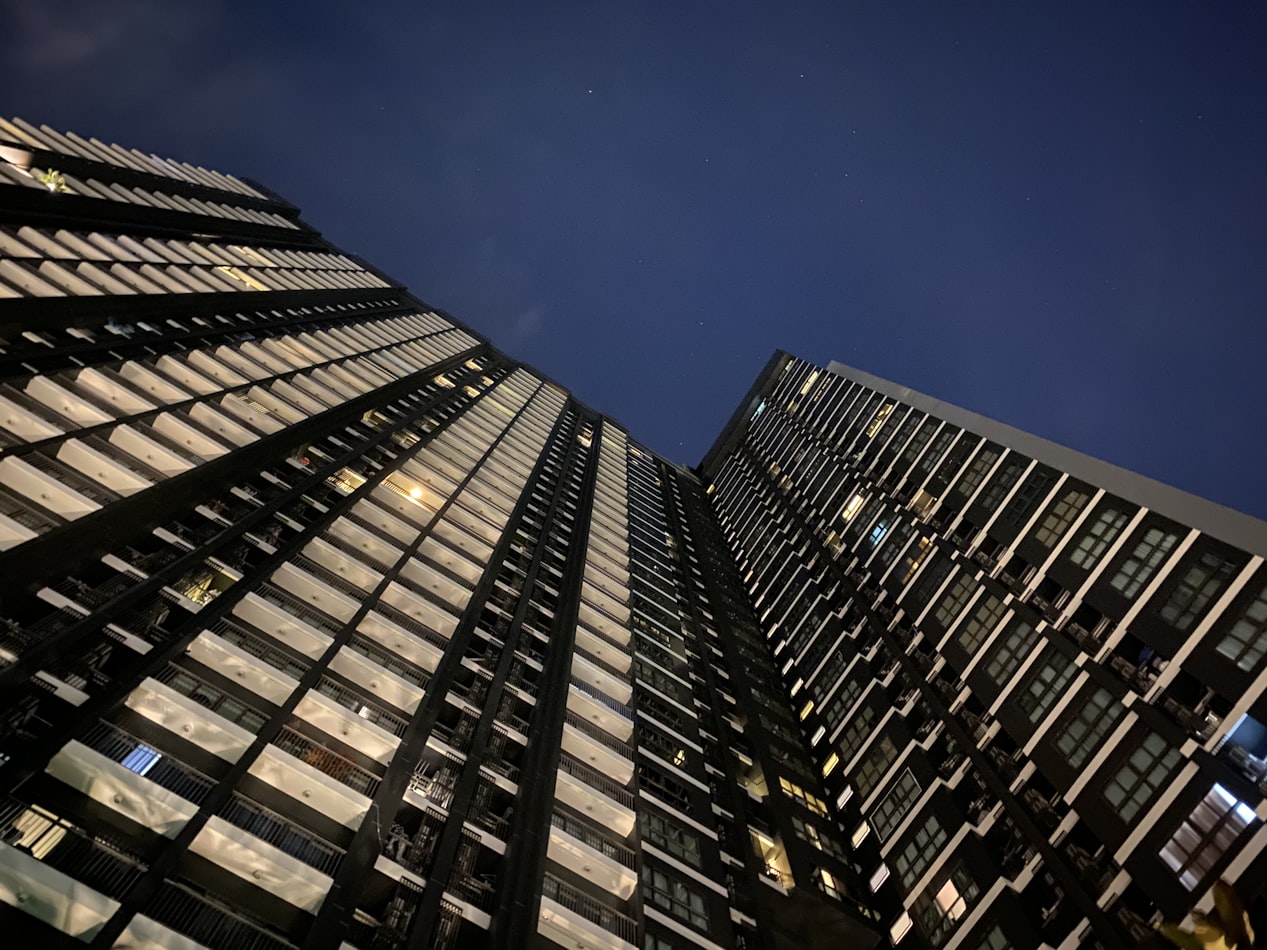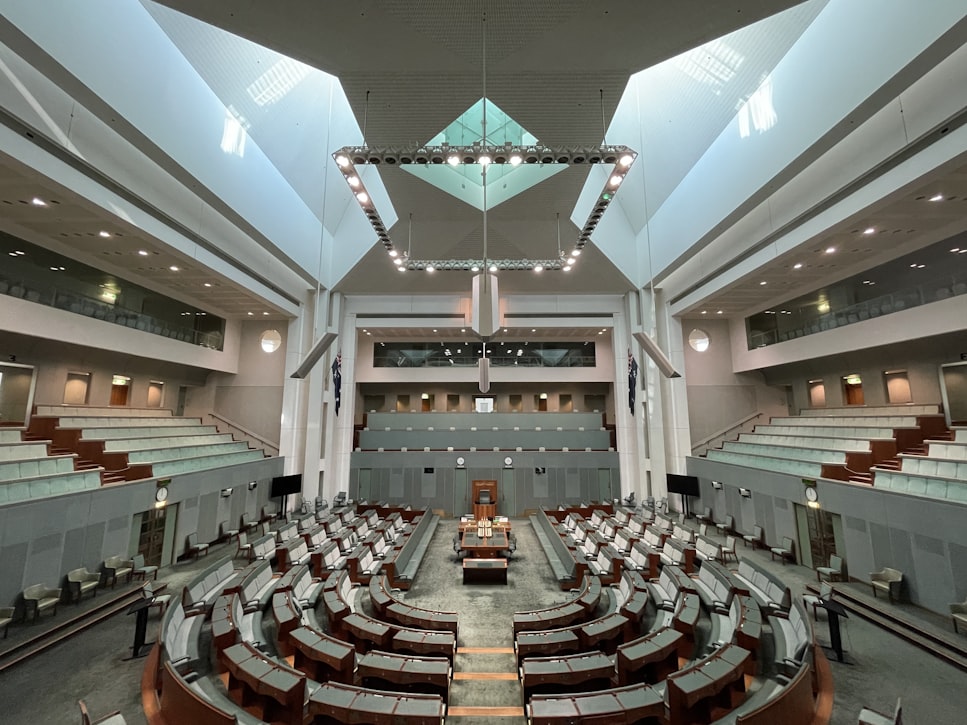As , the fact that many of the firefighters battling the blazes has drawn significant attention in .
Authors
- Jordan House
Assistant Professor, Labour Studies, Brock University
- Lydia Dobson
Professor, Faculty of Law, L’Université d’Ottawa/University of Ottawa
While the California Department of Corrections and Rehabilitation (CDCR) claims their fire camp program is , research demonstrates otherwise.
Critics, including the American Civil Liberties Union (ACLU), argue that the program exploits incarcerated individuals, labelling it as ” .” One ex-prisoner described it as ” .”
The use of prison labour is particularly concerning, given in state prisons. In 12 states, more than half of the prison population is Black.
California prisoners are and denied access to other workplace safety regulations. They’re also than non-incarcerated firefighters. Their wages are , compared to non-incarcerated firefighters, who earn up to US$358 daily, not including overtime.
While serving in a fire crew gives prisoners the chance to shave time off of their sentences and have records expunged, . Both are contingent on the .” This leaves prisoners vulnerable to being denied these benefits, despite risking injury or death.
Prison labour in the Canadian context
of the L.A. fires has noted that provincial prisoners in British Columbia also work in a wildfire suppression program. However, little has been said about how that work relates to the larger system of prison labour in the country.
Like their counterparts south of the border, Canadian prisoners are engaged in various forms of labour, including wildfire management, .
In 1975, Donald Griggs, then-superintendent of Ontario’s Monteith Correctional Complex, told the Globe and Mail that prison labour had been used in response to fires from time immemorial: ” .”
By the late 1960s, programs for prisoners to support wildfire suppression had become more formalized. During that time, for example, prisoners at Beaver Creek, a federal prison in Ontario, participated in regional bushfire response efforts. Working in the program offered prisoners, who were paid $1.25 an hour,
By the mid-1970s, some Ontario prisoners earned up to $50 a day battling wildfires. Today, however, most prisoners don’t earn anything close to those wages. Federal prisoner pay maxes out at .
In the rare situations where prisoners are relatively well-compensated, prison labour still offers employers unique benefits. Prisoners’ lack of freedom and is touted as an advantage. Correctional Service of Canada (CSC) officials have argued that, compared to volunteer firefighters, prisoners ” .”
Prison labour in British Columbia
Canada’s most prominent use of prison labour to manage wildfires is in B.C. While prisoners served in direct firefighting roles in the past, today provincial prisoners, who make between $2 and $8 per day, play a critical support role for wildfire-fighting crews by maintaining equipment and fire camps.
Notably, , having “behaved exceptionally well during previous experience on other community work crews.”
In Canada, prisoners are supposed to work as part of their rehabilitation, not as punishment. However, the reality often prioritizes the needs of employers over the rehabilitation of prisoners. , which was established in 1992 and included a , notes:
“It is not necessary that the work be directly related to the offender’s correctional plan…work release is a very flexible program that allows correctional managers to respond to community projects and local needs for labour.”
This is particularly concerning given that , despite their participation in employment programming.
Prison labour as a response to climate disasters
While the idea of keeping people incarcerated to maintain a labour force to fight disasters might sound like something out of science fiction, it’s not mere speculation. demand huge amounts of resources and labour.
Former U.S. vice-president Kamala Harris, as California attorney general, partly because decarceration would “severely impact fire camp participation.”
In Canada, prison labour has similarly been used in disaster responses. Most recently, CORCAN, the federal prison industry program, .
Just as Black, Indigenous and racialized people in the U.S. are more likely to become incarcerated, these are also the populations that . Studies have shown that , while .
Much like the U.S., , while also depriving incarcerated labourers of access to minimum wage rights, workplace safety provisions and the right to unionize.
The root cause of many of these disasters – climate change – is . The use of prison labour to fight wildfires only further perpetuates the systemic inequalities exacerbated by and reflects a continuation of indentured servitude.
![]()








